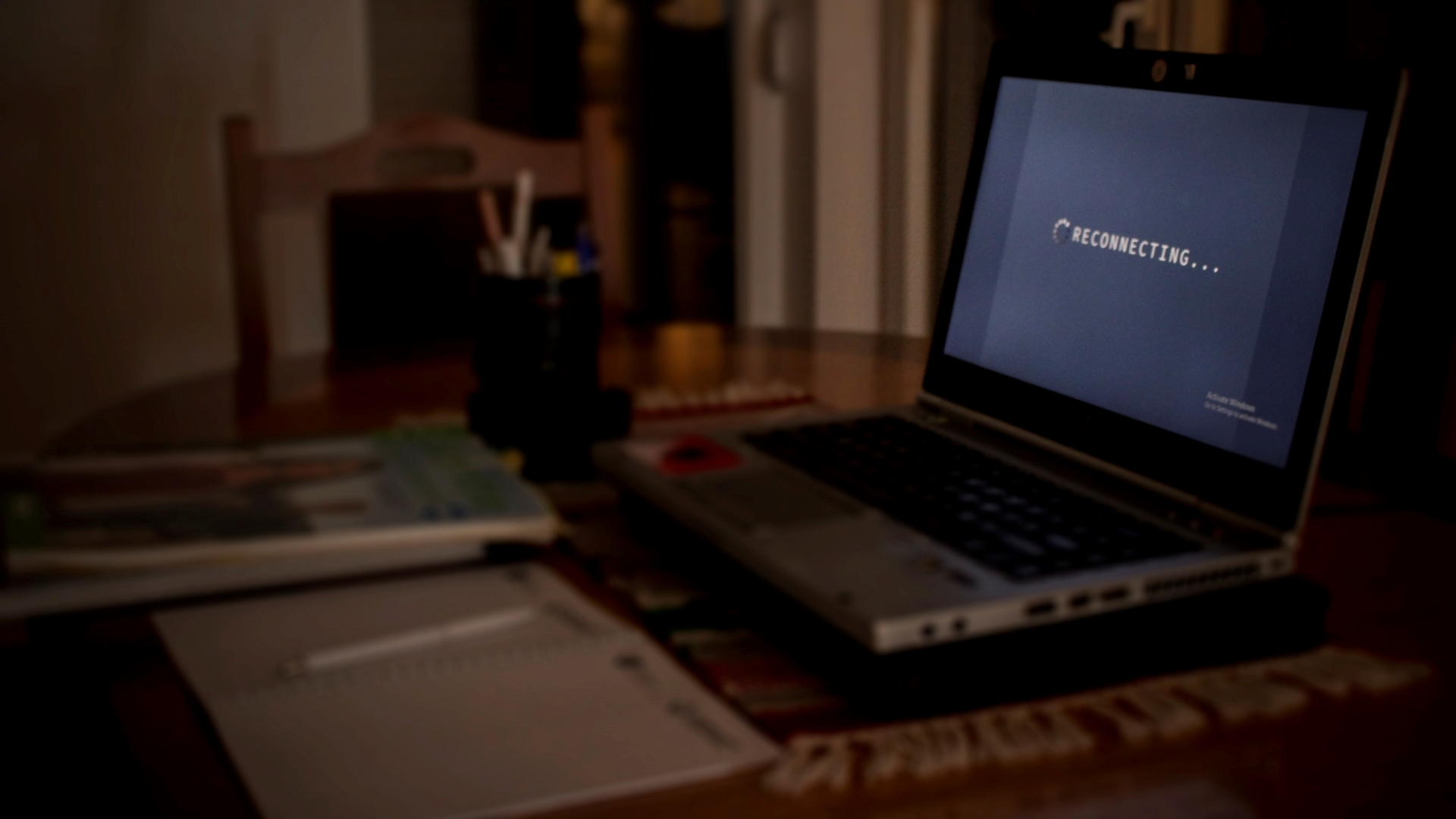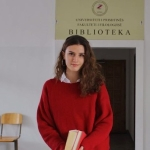
Online Education: Failure or success?
How did an already troubled system fare when pushed into the future?
|2021.03.31
|
In order for distance learning to seem like it was working, effort was required from the triangle of parents, teachers and students, as well as access to technology.
Distance learning also shed light on some ugly aspects of Kosovo’s education system as a whole.
Consequently, distance learning in Hani i Elezit was more easily handled due to the teachers’ familiarity in using technology in lesson planning and delivery.

Vesa Ferizi
Vesa Ferizi studies English language and literature at the faculty of philology, University of Prishtina. Words are her biggest passion, so in addition to spending a lot of time with books, she also writes regularly on her DewBlog blog. During her adolescence, she was engaged in different community volunteer activities.
Vesa Ferizi was part of the mentorship program within the project “Innovation for Resilient Media and Citizen Engagement” funded by the European Union Office in Kosovo and implemented by K2.0 and the GAP Institute.
This story was originally written in English.